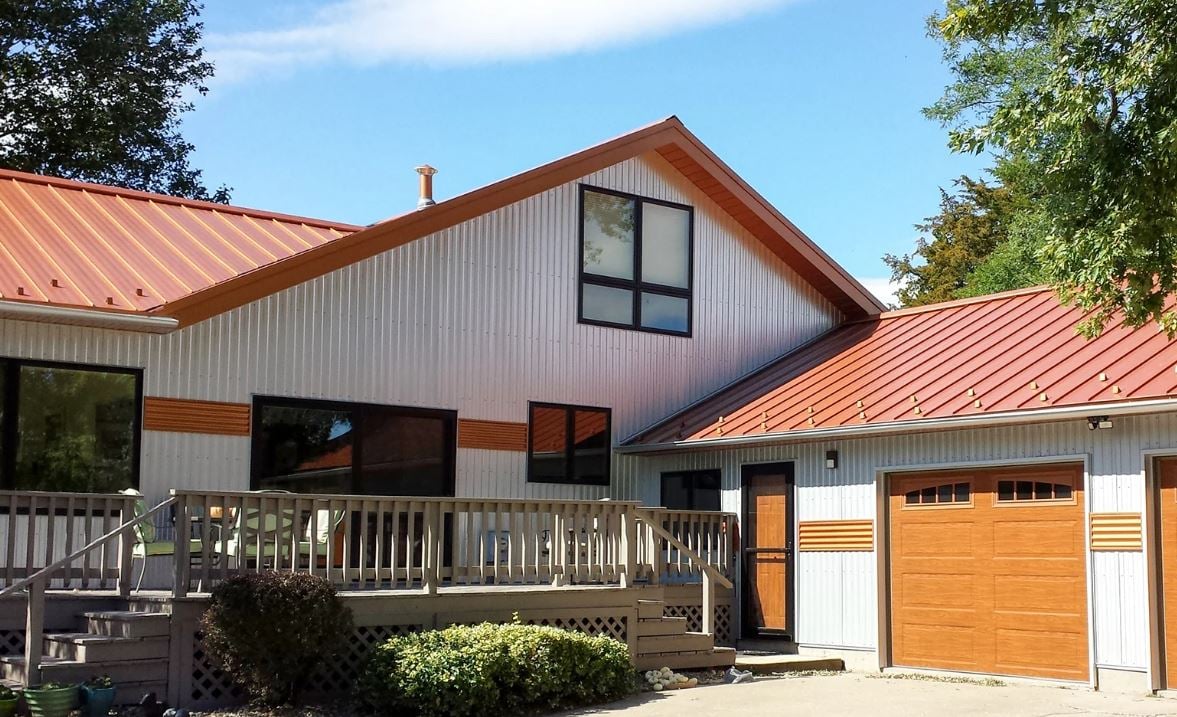A well-installed roofing system is more than just shingles and nails; it’s a complex structure where each element plays a significant role in safeguarding your home against the elements. Two such vital elements are ventilation and insulation.
These aspects are more than just buzzwords; they are essential in maintaining the longevity of your roof and the overall comfort of your home. This article will delve into the roles of ventilation and insulation in a robust roofing system, explaining why they’re crucial and how to ensure they’re properly integrated into your home’s defense against Mother Nature.
The Importance of Proper Ventilation
Proper ventilation is crucial in maintaining a healthy and functional roofing system. Without adequate ventilation, your roof can suffer from various issues, including moisture buildup, mold growth, and premature deterioration.
In simple terms, ventilation allows for exchanging warm and cool air throughout your home. In warmer climates, it helps to expel hot air trapped in the attic, while in cooler climates, it helps to prevent the buildup of moisture and heat.
The lack of proper ventilation can result in significant problems, such as:
- Ice dams – Without proper ventilation, heat can build up in your attic and melt snow on your roof, refreezing at the edges and creating ice dams that can damage your shingles.
- Mold growth – Moisture buildup due to poor ventilation can create an ideal breeding ground for mold, which can spread quickly and cause health issues.
- Shingle damage – Excessive heat trapped in the attic can cause shingles to age prematurely and crack, leading to leaks and potential structural damage.
Ensuring Proper Integration of Ventilation and Insulation
To achieve a robust roofing system, it’s essential to ensure proper integration of ventilation and insulation. Here are some tips to help you achieve this:
- Consult with a professional – Before installing or updating your roof, consult with a professional who can assess your home’s unique needs and recommend the best ventilation and insulation options.
- Choose quality materials – When it comes to ventilation and insulation, using high-quality materials is crucial for long-term effectiveness. Choose products that are specifically designed for your climate and meet industry standards.
- Maintain regular inspections and maintenance – Regularly inspecting your roof and promptly addressing any issues can help prevent larger problems from arising in the future.
Common Roofing Mistakes to Avoid
Finally, mistakes can happen, and they can be costly regarding roof insulation and ventilation. If you want to learn more about potential mistakes and how to avoid them, it’s best to reach out to local contractors in your area. Here are some common mistakes homeowners make when it comes to ventilation and insulation:
- Blocking vents – Make sure your vents are not blocked by insulation or debris to ensure proper airflow. Blocked vents can lead to moisture buildup and other issues.
- Inadequate insulation – Make sure you have the right amount of insulation for your climate. Not having enough or having too much can both cause problems in your
- Improper insulation installation – Improperly installed insulation can result in air leaks, reducing its effectiveness. It’s best to leave this job to professionals.
- Ignoring signs of poor ventilation or insulation – If you notice any signs of issues, such as condensation, mold growth, or uneven temperatures in your home, don’t ignore them. Promptly addressing these problems can save you from costly repairs down the road.
Why is Insulation Important for Energy Efficiency?
Proper insulation can significantly impact your home’s energy efficiency and save you money on utility bills. According to the Environmental Protection Agency (EPA), heating and cooling account for approximately 48% of the average American household’s energy consumption.
Ensuring proper insulation in your roofing system can help reduce this percentage and make your home more energy-efficient. Proper insulation can also improve the overall comfort levels in your home by maintaining stable temperatures and reducing drafts.
Why is Ventilation Important for Energy Efficiency?
Ventilation is also a crucial factor in maintaining energy efficiency. In warmer climates, proper ventilation can help reduce the need for excessive air conditioning, thus saving energy costs. In colder climates, proper ventilation can prevent moisture buildup and reduce the workload on heating systems.
Furthermore, proper ventilation can also help prolong the lifespan of your roof by reducing heat and moisture damage. This, in turn, can save you money on costly repairs or replacements in the future.
Conclusion
In conclusion, ventilation and insulation are vital elements in a well-installed roofing system. They protect your home from the elements and contribute to energy efficiency and cost savings.
By following the tips mentioned above and addressing any issues promptly, you can ensure that your roofing system remains strong and functional for years to come. So, it’s crucial always to give proper attention to ventilation and insulation when maintaining your home’s defense against the elements.
Whether installing a new roof or updating an existing one, consult with professionals and use high-quality materials for optimal results.

